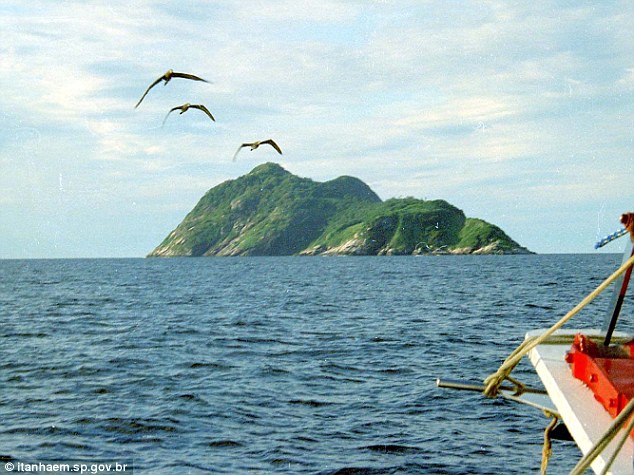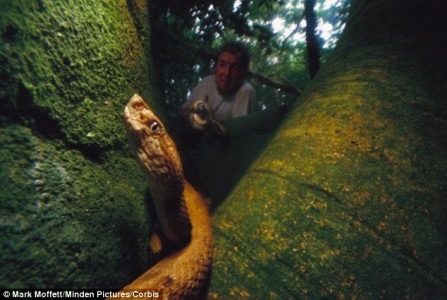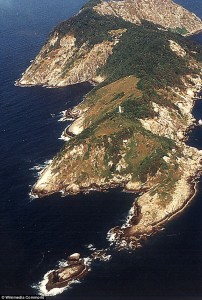The island is devoid of almost any human visitors, save for a few scientists granted permission to study the snakes each year, reports the Smithsonian.
It is also visited on occasion by the Brazilian navy, who tend to the autonomous lighthouse that was built back in 1909 before scampering clear.
And it’s also thought that poachers have been known to visit the island and claim a golden lancehead viper for their own, with their price fetching as high as £17,500 ($30,000) on the black market.
The reason the viper has become so deadly is somewhat of a mystery, though.
After all, they are not too dissimilar to their brethren on the mainland.
The predominant theory is that 11,000 years ago sea levels rose and separated the island from Brazil, which left the snakes on the island with limited sources of food save for migrating birds.
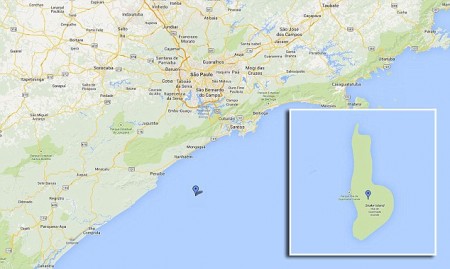
The problem was, though, that most venoms take a while to act – sometimes as much as a few days.
By the time the snake’s venom killed the birds they would have moved elsewhere, so instead the snakes evolved an incredibly strong venom that can kill prey almost instantly.
It is five times more potent than other snakes and can even melt human flesh.
In humans, the bite from a golden lancehead viper carried a seven per cent chance of death.
And before the island was deemed off-limits there were several stories of people succumbing to the deadly predators.
One story tells of a fisherman who lost power in the engines of his boat.
After drifting to the island he ventured inland, unaware of the terrors that lay in wait.
When his boat was eventually discovered, he was found dead in a pool of blood covered in snake bites.
Another story is of the last lighthouse keeper to inhabit the island with his family.
Rumour has it they ran in terror when snakes crawled in through their windows; their bodies were later found scattered across the island.
The name of the island itself tells of its troubled history.
Ilha de Queimada Grande roughly translates as ‘the island of the slash-and-burn fire’, so-called because of a failed attempt to develop a banana plantation on it.
However, in the last 15 years the population of snakes on the island as reduced by as much as 15 per cent, due to a combination of vegetation removal and disease.
And on the International Union for Conservation of Nature’s Red List the snakes are currently listed as critically endangered.
With thousands of snakes remaining, however, it’s probably still not the ideal holiday destination.
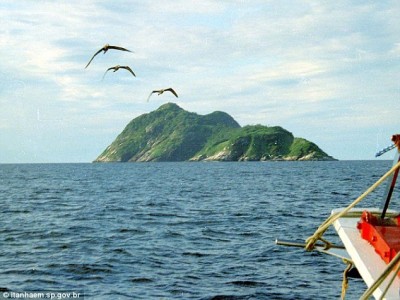 Access to Ilha de Queimada Grande (‘snake island’) is banned by the Brazilian government. An island swarming with 4,000 of the world’s deadliest snakes that pluck birds out of the sky and kill them with a venom that can melt human flesh.
Access to Ilha de Queimada Grande (‘snake island’) is banned by the Brazilian government. An island swarming with 4,000 of the world’s deadliest snakes that pluck birds out of the sky and kill them with a venom that can melt human flesh.
